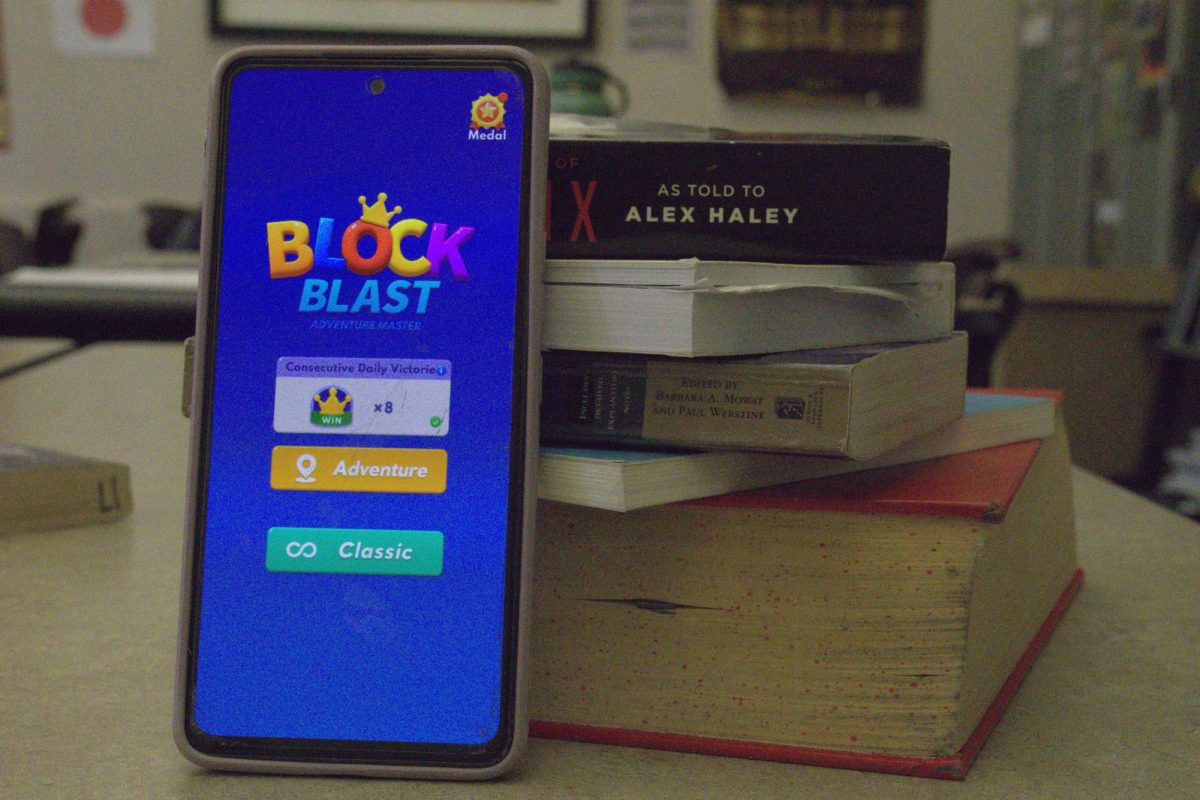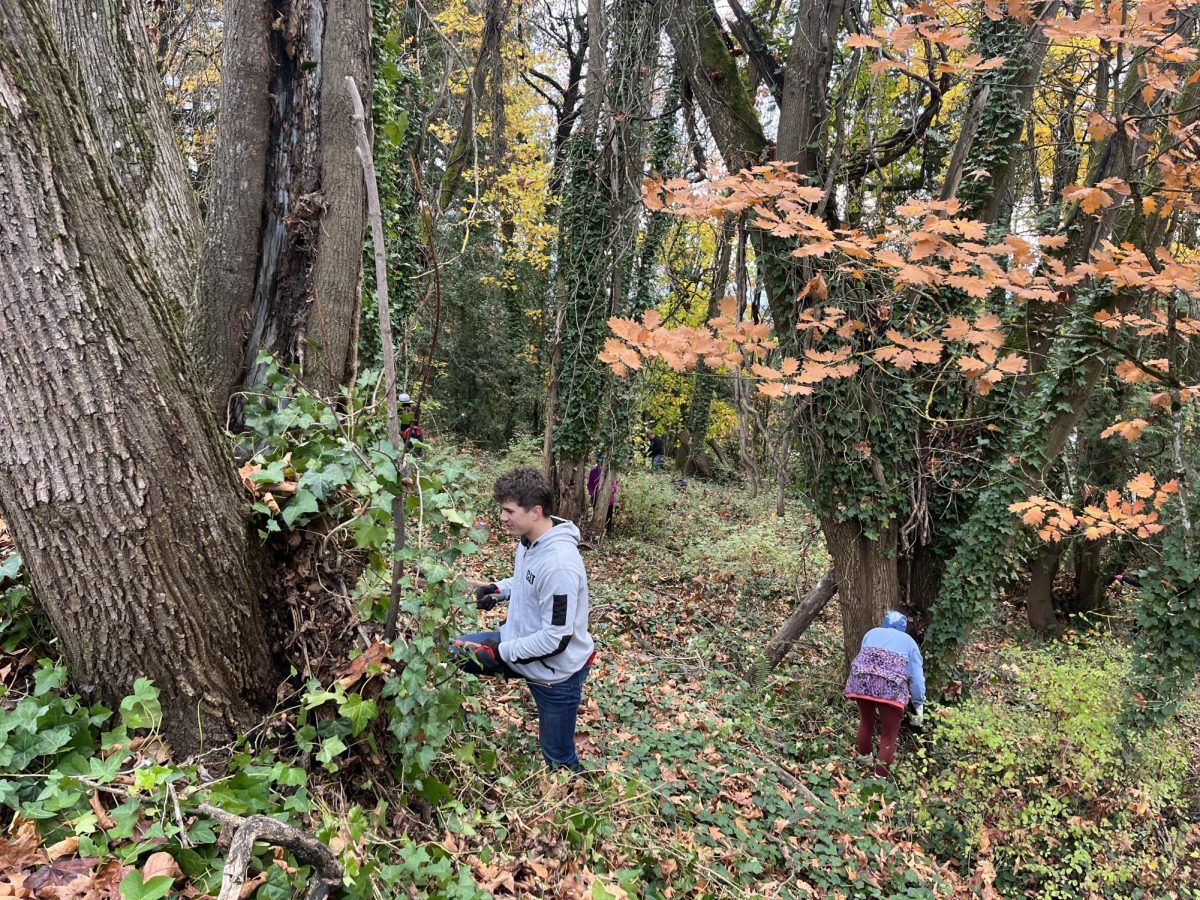When it comes to forecasting weather for the PNW, the options are usually light rain, sideways rain, torrential downpour, and hail. But every now and then, this orb comes out and it is called the sun. It’s a foreign term that the Merriam-Webster dictionary defines as “a luminous celestial body around which the earth and other planets revolve, from which they receive heat and light.”
In all seriousness, because the sun comes out very rarely for 8 months out of the year, when it does come out students feel entitled to enjoy it. Many students feel that is unfair that “the one day the sun comes out, we can’t go outside.”
However, it is not as simple as the sun is outside, let us move our lesson out there as well. Mr. Keefe, a sophomore English teacher, pointed out that,” It is a completely different category of management. You have to manage a completely different space than the one you and the students are accustomed to.”
Depending on the class, teachers are usually outweighed 30:1, and since teachers are responsible for every single student in their class, it puts added pressure on them and makes their job more difficult.
The Camas policy states that teachers have to have a valid reason to have their students outside. Mr. Marshall explained it more in depth stating,”There are a number of valid reasons for a teacher to hold a lesson outside. But the purpose of the lesson needs to have a direct tie-in to a natural setting.”
“Examples of subjects that occasionally hold classes outside would be Biology, Physical Education, and even Marching Band. But our experience is that it is distracting when one teacher teaches a lesson outside and another teacher teaches the same lesson indoors.”
Mr. Marshall also indicated that the policy was flexible saying,”if a classroom teacher wanted to customize a lesson by teaching it outside then our school’s administrators would definitely consider that request.”
If students were allowed outside just because it was sunny everyone would want to be outside. Furthermore being outside affects different people in different ways so people may react differently to being outside. For example, some students with lighter skin may burn quickly, while others do not have any problem with burning at all.
Moreover, Ms. Waters, a science teacher at CHS, pointed out that sometimes being outside as a student can be less effective than teaching indoors. Ms. Waters cleared up what she meant when she said,” although the sun helps make Vitamin D, the levels of Vitamin D are also affected by skin color, which shows the sun is just a small factor in Vitamin D levels.” For example, the darker the skin color, the less efficient a person is at making Vitamin D.
While there seem to be many cons to teaching in the sun, let us not forget the positives, that the site Mind Body Greens, which did an extensive study on the benefits, and drawbacks of sun and sunblock. Freshmen Kennedy Gardner and Ava Lathim said,”I think I learn better knowing that it is sunny outside because it makes me happy, and when I am happier I work better, I think that that is the same for most people.” While Mr. Keefe said,” “The sun is energizing and it provides a neutral topic that everyone can get behind, and it helps teachers connect with their kids.
All of this goes to prove that being out in the sun has pros and cons, and affects people differently. Maybe the real reason students believe the sun helps them is because of the positive vibe it gives them, which in turn, helps them study, learn and take a test better. Or maybe the sun does have the ability to make 2,000 students better at school. To tell the Camasonian what you think about learning in the sun, comment on this story, or hit us up on twitter at @Camasonian_








































Katie • May 30, 2017 at 12:32 PM
I think working outside would benefit both the teacher and student.